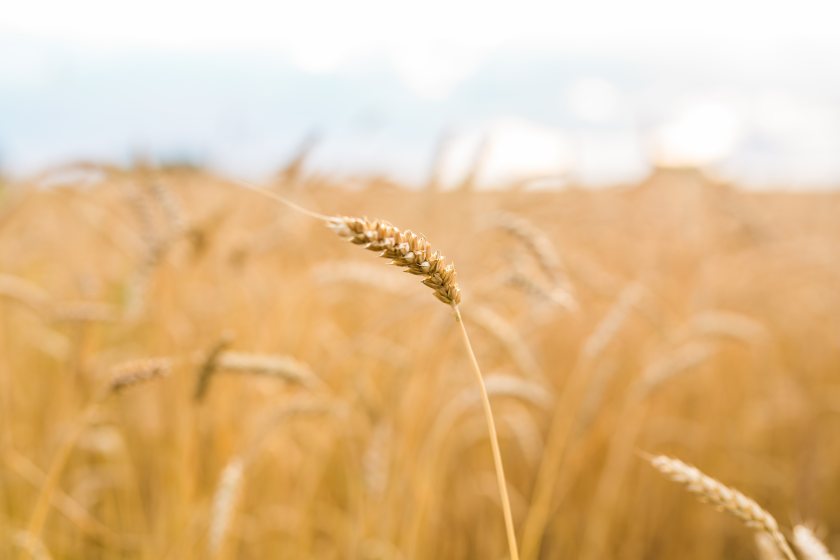
New guidance to tackle toxic ergot in UK cereals aims to protect grain quality, cut food waste, and safeguard public health, following a landmark industry review.
A major review into ergot management in UK cereals has led to updated and strengthened guidance from AHDB, offering growers clearer strategies to limit disease pressure, protect grain quality, and boost food safety.
Led by ADAS, the review evaluated a broad range of evidence—including academic literature and industry insight—to refine and consolidate best practices for managing Claviceps purpurea, the toxic fungal pathogen behind ergot.
The findings, published on the AHDB website and detailed in Research Review 102, highlight four key management strategies targeting different stages of the ergot life cycle.
These are designed to help farmers reduce crop infection and meet increasingly stringent grain quality standards.
Ergot develops when the fungus infects cereals during flowering, replacing grains with hard, dark, toxic structures known as ergots. Ingestion by humans or livestock can cause severe poisoning.
Great Britain enforces strict contractual limits for ergot in feed grain and maintains zero tolerance for other grain categories.
Since 2022, the EU has introduced even tighter controls, with maximum levels (MLs) for ergot alkaloids in cereals and cereal-based products—rules which may soon be mirrored in UK legislation.
Crucially, alkaloids can be present even in visually clean grain, making detection and management more challenging.
The review was funded through a levy-payer-led commissioning process and guided by the Ergot Working Group, chaired by UK Flour Millers (UKFM). It marks a coordinated industry effort to minimise ergot’s impact on food production.
Joe Brennan, UKFM’s head of technical, said: “The AHDB contaminants monitoring project shows that ergot alkaloid levels in UK cereals are generally very low, but spikes are seen in some cereal samples in some years.
Ergot is adding costs across the cereal supply chain and contributing to food waste. Adopting efficient approaches to tackle ergot at source is crucial to reduce these costs and enhance food safety.”
The four key strategies
• Reduce initial inoculum
Minimise the amount and viability of existing ergot to reduce spore production.
Key practices: Use of clean, high-quality seed; burying ergots with cultivations—ploughing to a depth of at least 5 cm is most effective.
• Reduce infection risk
Select crops with lower susceptibility to infection.
Key practices: Adjust rotations to include non-cereals or less susceptible cereals (e.g. oats, barley); avoid varieties that flower for long periods or have many late tillers.
• Reduce secondary spread
Manage grass weeds that can act as alternate hosts and spore sources.
Key practices: Target early-flowering grass weeds such as black-grass with integrated weed management.
• Reduce contamination
Prevent cross-contamination between clean and infected grain.
Key practices: Monitor high-risk field zones; harvest and store infected grain separately; clean grain when possible, though complete removal of fragments can be difficult.
